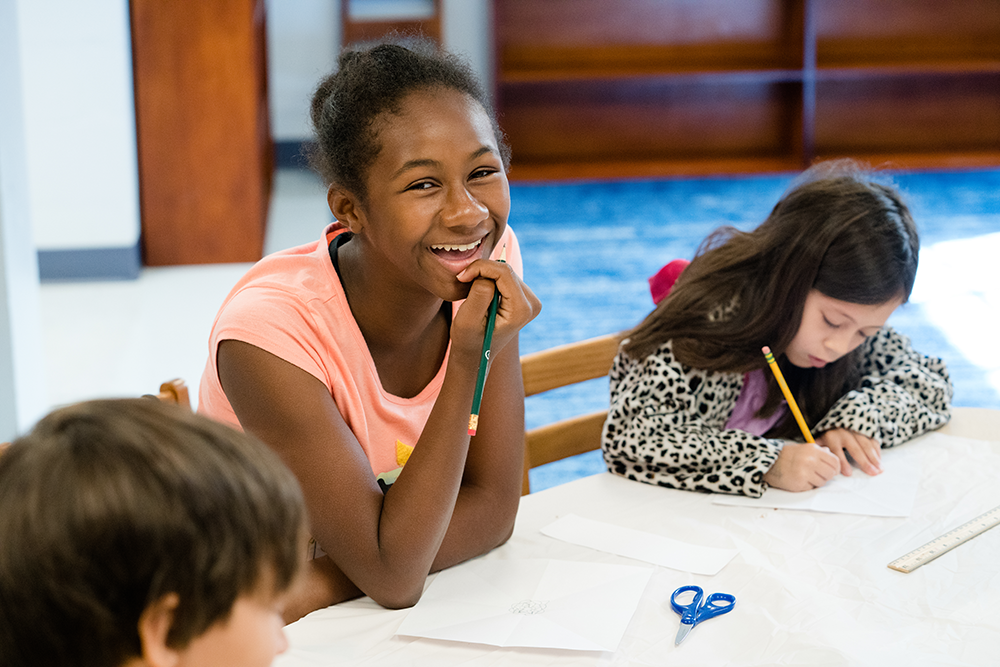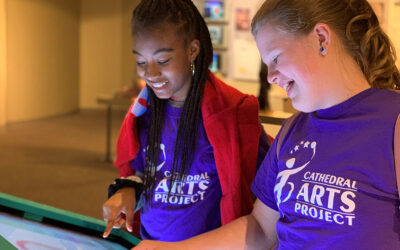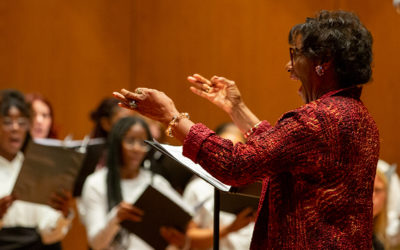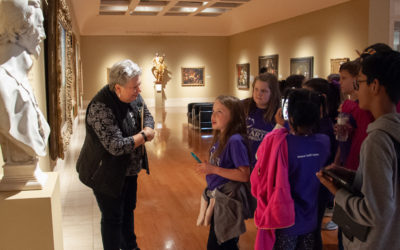Today, American children have less opportunity than prior generations to develop their creativity due to the vanishing of school-based arts education. Arts programs are sometimes gutted because of budget cuts, but most often it is to emphasize subjects that are measured by standardized tests. This might seem logical. If these subjects are important, then focusing on them more—even at the expense of other programs—is probably a good idea, right? Simply put, it isn’t. Sacrificing arts programs not only deprives students of the well-rounded education they are promised and deserve, but it also fails to equip them with the life skills they need for academic success.
When you think about a word like grit, you probably envision an athlete training for hours on end—and that certainly requires grit—but take it from someone who has spent tens of thousands of hours becoming a professional pianist: the arts definitely build grit. We now know that the best predictor of a child’s long-term success is not their IQ; it’s their mental resilience and ability to persevere through obstacles. Grit and willpower aren’t just skills—they’re muscles—and like any muscle, the more it’s exercised, the stronger it gets. That’s why learning an instrument or perfecting a dance routine is important. Through practice, children develop willpower habits that come from learning something that isn’t easy. This experience—the gratification you get from overcoming an obstacle—can be replicated in many ways. A 7-year-old who can practice the violin for 10 minutes every day becomes a fourth-grader who completes their homework on time. If they keep these habits throughout life, they are well prepared to achieve their goals.

CAP visual arts students
Many creative practices are like team sports in a way. The arts change the classroom experience from “me” to “we.” In the creative arts, an ensemble is far more powerful than the sum of its parts. In chorus, every member is responsible for holding only one note, but harmony is achieved only when multiple notes blend. This harmony is the result of children working together. Like group sports, it teaches teamwork and how to contribute to something bigger: many voices, one song. Dance, band, theatre and orchestra all have this in common.
Schools with vibrant arts programs have healthy student attendance and good academic ratings. Why? Because the arts keep kids engaged while building the types of personality traits and skills – grit, perseverance, teamwork – that help children excel in academic subjects. This is even more important for children in less affluent neighborhoods, where school communities support students to overcome obstacles inside and outside the classroom. A strong school community plays a vital role in student success. Art exhibitions, theatre performances and dance recitals are opportunities for families to gather, children to shine, and to celebrate accomplishments with the community. They do this while providing children a creative and emotional outlet hard to find elsewhere.

Theatre students at CAP’s 2019 Performing Arts Showcase
The arts programs in our schools are essential. Studies show that students with access to strong arts programs have higher test scores than those without. They provide an outlet for those who most need it, teach invaluable life skills, and bring communities together. By doing this, the arts become a catalyst for academic and life success.
As an educator, I ask that we link arms to ensure every student receives the well-rounded education they are promised and deserve, and that arts education is provided in every school to every child. Talk to your school principals, school board members, and write to elected officials to share why the arts matter. Don’t wait until arts programs are on the chopping block.
When the world shuttered before our eyes, the arts provided a much-needed outlet for our children: they drew rainbows on sidewalks, performed virtual recitals for COVID patients, produced backyard theatre acts for neighbors, and wrote poetry to comfort the world. Learning the arts doesn’t just make better students, it makes better citizens.
This letter was also featured on Yahoo! News and the Florida Times-Union.



